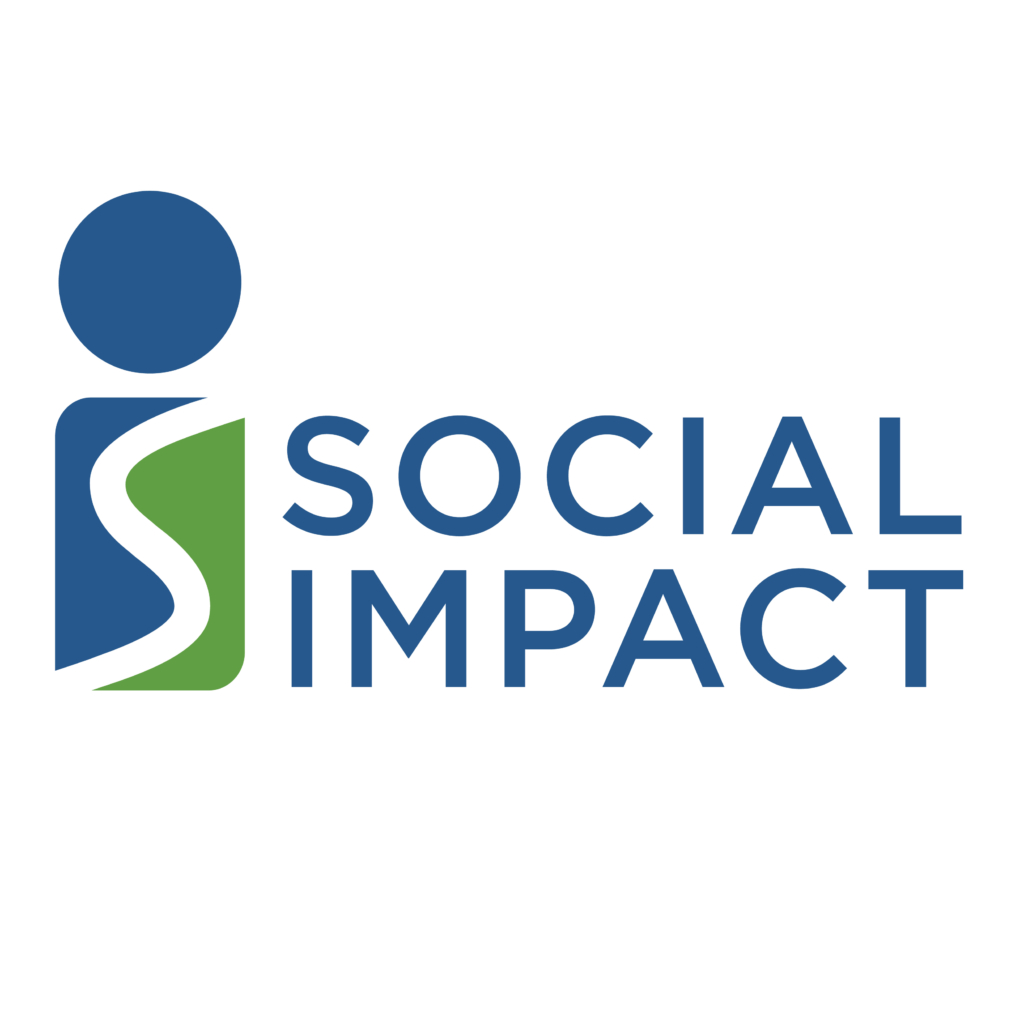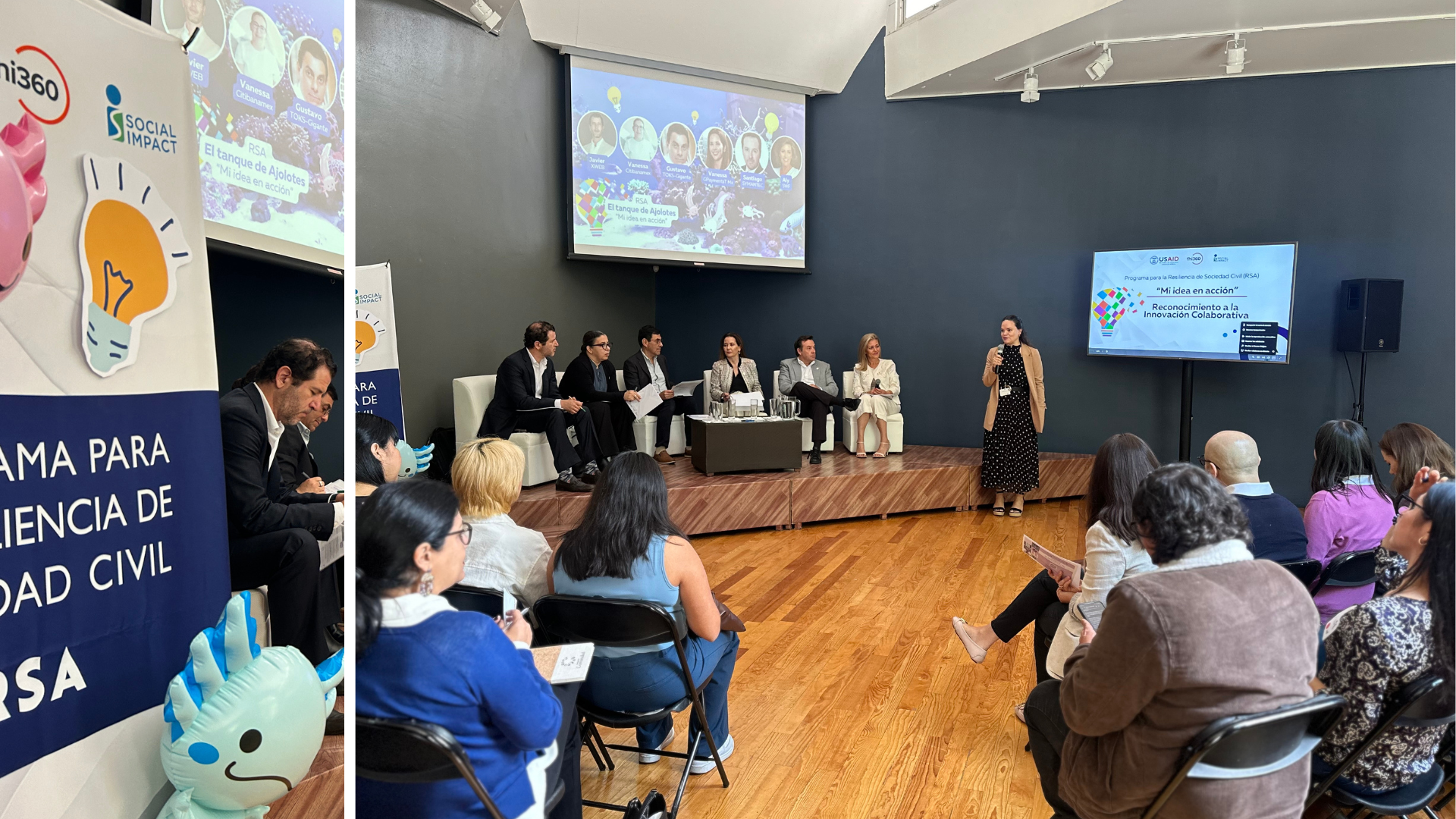Background
Moroccan students rank among the lowest achievers in reading in regional, national, and international assessments. In the two most recent Progress in International Reading Literacy Study evaluations,[1], [2] Moroccan students fell to the bottom on a list of 45 participating countries. In response to the comparatively low rankings of Moroccan students, USAID has been working since 2015 with the Ministry of Education (MOE) on targeted programming to improve educational outcomes. Specifically, USAID has assisted in developing revised curriculum for Arabic language instruction at the primary school level. In order to design the next round of curricular reforms at the middle school level, the MOE sought external assistance to examine the existing primary and middle school Arabic curriculum and instructional approaches.
Capacity Building and Curriculum Review Activity
USAID contracted Social Impact (SI)in early 2020 to conduct several pieces of research and analysis and make recommendations that would help the MOE refine its national curriculum, especially at the middle school level. One of the analyses was of primary and middle school curricula and approaches for Arabic instruction.
The Capacity Building and Curriculum Review Activity (CCA) was focused on reviewing the primary and middle school curriculum to determine whether modifications were needed, whether content and instruction were aligned across the grades, and if there were gaps in the curriculum that hindered the learning between primary and middle school levels.[3] We found that the curriculum adopted many innovations that are in line with international best practices. However, implementation of these best practices in teacher guides and student textbooks was limited and incomplete. Textbooks were characterized by a lack of links between the four components of the Arabic language: listening, speaking, reading and writing. Arabic language curricula for primary and middle school also did not reflect a healthy balance between content and skills, or knowledge and application. Lastly, there remains an absence of a systematic process for assessing students’ literacy needs, especially for students with specific reading and learning difficulties. These gaps make it difficult for teachers to address students’ individual needs, interests, and learning preferences.[4] The findings and recommendations stemming from the CCA will be published in the Activity’s final report, which is expected to be published in March 2021.
Additionally, and most importantly from a sustainability perspective, the Activity aimed to develop the expertise of select MOE staff to empower them with the knowledge and ability to undertake future curricular reviews and reforms independently. Despite the COVID-19 pandemic, this capacity building effort was completed with great success.
Capacity Building for Curriculum Review During a PandemicTo build MOE staff capacity, SI organized remote trainings, due to COVID-19 limitations, for three groups of MOE staff, guiding them through an eight-week process of reviewing relevant teaching and learning materials and supporting them in developing a findings, conclusions, recommendations matrix. Curricula reviewed included 18 textbooks, 16 teacher guides, and two curriculum documents. As mentioned in USAID/Morocco’s success story on the Activity, “this training built a core of local and national curricula reviewers that are now self-reliant experts capable of supporting Morocco’s education system to provide all Moroccans with equal and equitable access to quality education.” |
Photo Credit: Journal of Middle Eastern Politics and Policy
[1] Mullis, I. V. S., Martin, M. O., Foy, P., & Hooper, M. (2017). PIRLS 2016 international results in reading. Chestnut Hill, MA: Boston College, TIMSS & PIRLS International Study Center.
[2] Mullis, I. V. S., Martin, M. O., Foy, P., & Drucker, K. T. (2012b). PIRLS 2011 international results in reading. Chestnut Hill, MA: TIMSS & PIRLS International Study Center, Boston College.
[3] Jacobs, H. editor. (2004). Getting Results with Curriculum Mapping. Alexandria, VA: ASCD.
[4] CAST (2018). Universal Design for Learning Guidelines version 2.2. Retrieved from http://udlguidelines.cast.org
Pratt, D. (1994). Curriculum planning: A handbook for professionals. Toronto, ON: Harcourt Brace.
Pinar, W. F. (2012). What is curriculum theory? New York, NY. Erlbaum.








